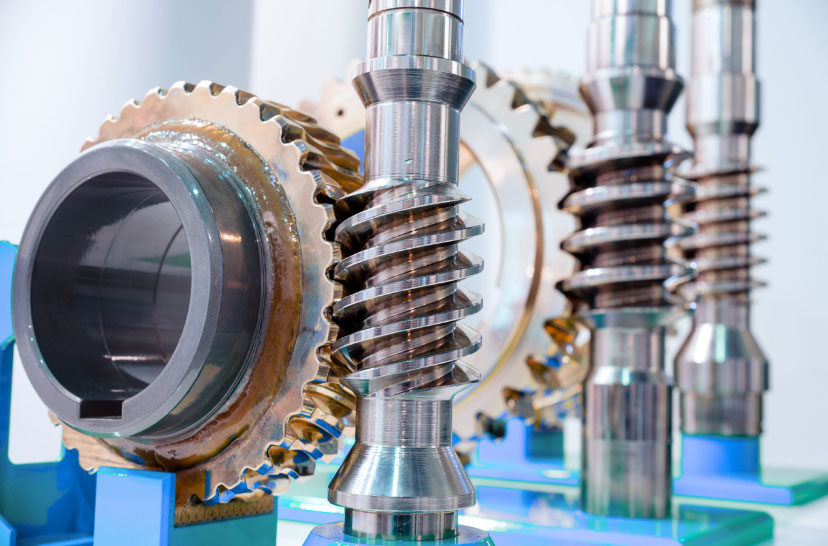
Worm gears are mechanical devices used to transmit power between non-parallel shafts. They consist of a screw-like gear (the worm) and a toothed wheel (the worm gear). Traditionally, worm gears have been utilized in various industrial applications due to their ability to provide high gear ratios and self-locking capabilities.
In the context of renewable energy, custom worm gears have the potential to play a vital role in optimizing power transmission systems for specific applications. Here are some potential advancements and applications in the future:
- Improved Efficiency: Researchers and engineers are constantly working on refining worm gear designs to reduce friction and improve energy efficiency. Advancements in materials, lubrication, and manufacturing techniques may lead to more efficient custom worm gears suitable for renewable energy systems.
- Wind Turbines: Wind energy is one of the most prominent renewable energy sources, and its efficient conversion into electricity relies on robust power transmission systems. Custom worm gears can be tailored to meet the specific needs of wind turbine applications, helping to optimize the transmission of rotational energy from the turbine blades to the generator.
- Solar Tracking Systems: Solar tracking systems aim to maximize the amount of sunlight captured by solar panels throughout the day. Custom worm gears can be designed to achieve precise and reliable tracking movements, allowing solar panels to follow the sun’s path more accurately and enhance energy output.
- Hydroelectric Power: Custom worm gears can be employed in hydroelectric power generation systems to transmit rotational energy from the turbine to the generator efficiently. These gears can be tailored to meet the specific torque and speed requirements of each hydroelectric installation.
- Geothermal Energy: Geothermal power plants harness the Earth’s heat to generate electricity. Custom worm gears can be optimized for geothermal applications to withstand high temperatures and transmit power effectively from the geothermal source to the electricity generator.
- Ocean Energy: Custom worm gears might also find applications in ocean energy systems, such as wave or tidal power, helping convert the oscillatory motion of waves or tidal currents into rotational energy.
- Material Innovations: Advancements in materials science may lead to the development of new materials with superior mechanical properties, allowing for more durable and efficient custom worm gears in renewable energy applications.
- Digitalization and Smart Technologies: The integration of sensors and smart technologies into custom worm gear systems can enable real-time monitoring, predictive maintenance, and remote control, enhancing reliability and overall performance.
It’s essential to consider that the successful implementation of custom worm gears in renewable energy applications will require interdisciplinary efforts from mechanical engineers, materials scientists, renewable energy specialists, and other relevant fields. As technology progresses, custom worm gears might become more cost-effective and widely adopted, further contributing to the growth and sustainability of renewable energy sources.
